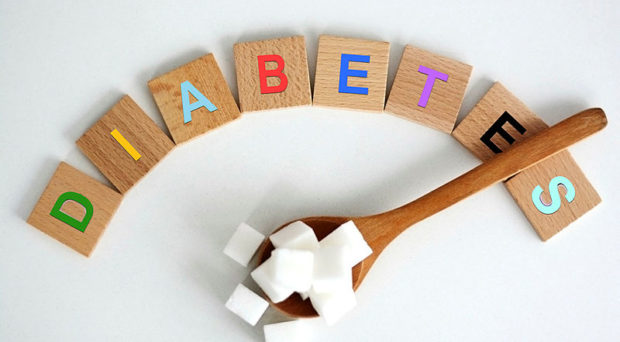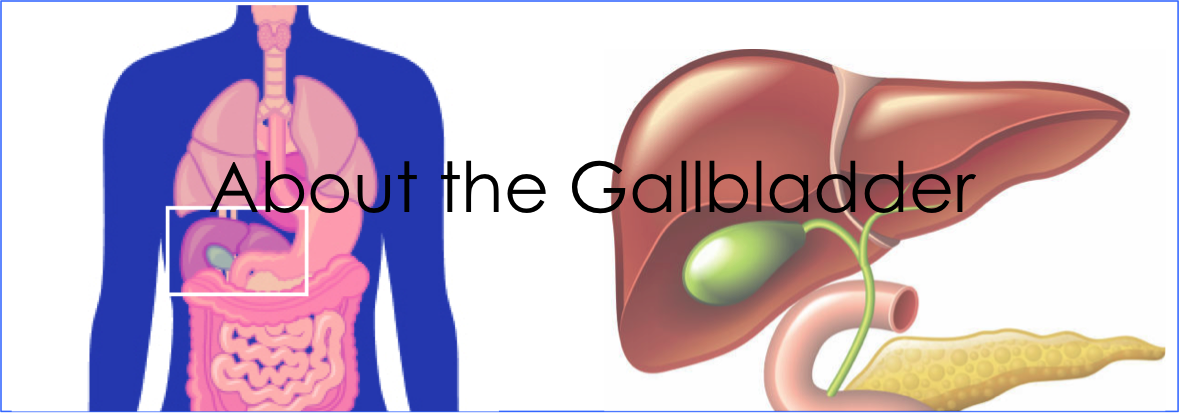Scott has written today’s post about Diabetes.
Most of us have heard of diabetes, in recent years it has become endemic in western culture and that is a clue to what it is.
Types of diabetes
There are 4 different types of diabetes:
- Type 1 diabetes
- Type 2 diabetes
- Pre-diabetes
- Gestational diabetes
First let’s look at the 2 most common types and what they are.
Type 1 diabetes is well known as being largely hereditary. However what many people don’t realise is that it is in fact an autoimmune condition. This is where the pancreas doesn’t produce insulin because the immune system has destroyed the cells in the pancreas that do that.
Type 2 diabetes is far more common and therefore well known for that reason. It also has a strong genetic component to it. However, it is relatively easy to stop and if caught early enough, it can be reversed with diet and lifestyle changes. For this reason, we will concentrate on type 2 for todays post.
So what is it really?
Diabetes mellitus, or diabetes, is a serious chronic health condition, which occurs when there is too much glucose in the blood. Without getting too technical it is basically a case of abdominal fat causing impairment in the uptake of glucose in the blood.
Over time high glucose levels can damage the body’s blood vessels and nerves, leading to long term health complications such as heart, kidney and eye disease, and nerve damage in the feet.
These in turn leads to other conditions like cardiovascular disease, hormone issues and even polycystic ovarian syndrome (PCOS). The impairment of glucose uptake means that the pancreas needs to produce more and more insulin to keep up with demand, which eventually wears these cells out.
What are the symptoms?
The signs of diabetes are also well known but people still miss them. They include excessive thirst, more frequent urination, cuts that are slow to heal, headaches and felling dizzy. This is not an exhaustive list and many of these symptoms alone do not necessarily mean you have diabetes but if you have several of them together then you should consider getting tested.
What if you are diagnosed with type 2 diabetes?
Diabetes can be managed with medication to support blood glucose levels. Though making healthy food choices assists with managing blood glucose levels. By keeping blood glucose levels within a specified range you can significantly reduce your risk of developing other serious health problems associated with diabetes.
Several studies in the UK have found that modified diet could achieve remission of Type 2 diabetes.
According to Diabetes Australia, less than half of patients that participated in intensive dietary modification reached remission, however the sooner the diagnosis the better the chances.
Lastly I thought I would mention something called “Syndrome X” also known as pre diabetes or metabolic syndrome.
This is a condition that happens before a diabetes diagnosis. It is a condition which lasts for years before the pancreas stops producing insulin. Syndrome X is preventable and modifiable with changes to lifestyle. Mainly by reducing refined starches, sugars and saturated fats while increasing exercise.
A person who is suffering from metabolic syndrome may also suffer from some mineral deficiencies due to poor absorption. There are some herbs and minerals that assist with balancing out blood sugar levels and mineral deficiencies. For example magnesium, zinc, omega 3, Gymnemia and Cinnamon. These are readily available at many health food stores.
If you think you may be suffering from syndrome X or are diabetic it is worth a blood sugar test as the earlier you catch it the better the chances of reversing it.
We hope you found this information interesting.
Till the next post,
Live clean n Prosper
Sources – (Diabetes Australia – The Lancet )


